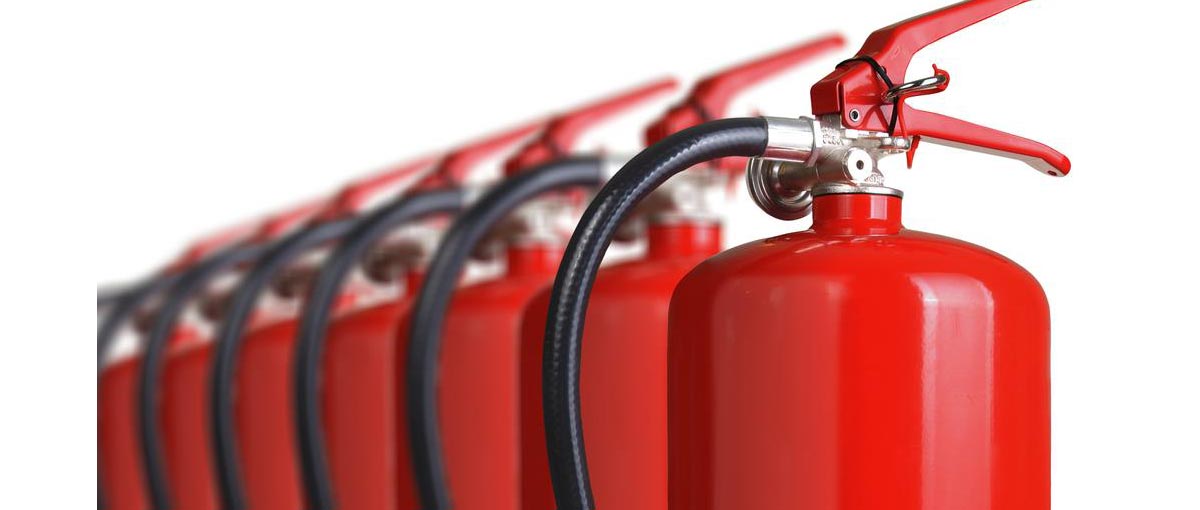Fire poses a significant threat to life and property, making fire suppression systems an essential component of any building’s safety infrastructure. These systems are designed to detect and suppress fires rapidly, preventing their spread and minimizing damage. In this article, we will explore the key essentials of a fire suppression system for safety.
- Detection Mechanisms:
The first essential component of a fire suppression system is an effective detection mechanism. Early fire detection is critical for prompt action. Systems may employ smoke detectors, heat detectors, or flame detectors, and some use a combination of these technologies to accurately identify the presence of a fire.
- Alarm and Notification System:
Once a fire is detected, an alarm and notification system is activated to alert occupants and authorities. Audible alarms, visual indicators, and automated notifications to local fire departments or monitoring centers are common features of fire suppression systems. Swift notification ensures that occupants can evacuate safely and that firefighters can respond promptly.
- Suppression Agent:
Fire suppression systems use various agents to extinguish fires. The choice of suppression agent depends on the type of fire and the environment. Some common agents include water, foam, dry chemicals, carbon dioxide (CO2), and clean agents like halon alternatives. The agent must be appropriate for the specific fire hazard to be effective.
- Sprinkler Systems:
Automatic sprinkler systems are widely used as fire suppression tools, particularly in commercial and industrial settings. These systems release water or suppression agents through sprinkler heads when a fire is detected. Sprinklers can help contain and extinguish fires quickly, preventing them from spreading.
- Suppression System Design:
Proper design is essential to ensure the effectiveness of a fire suppression system. It should be tailored to the specific needs and hazards of the building or area it is intended to protect. Factors such as occupancy, building structure, fire hazards, and local regulations must be considered during the design phase.

- Maintenance and Inspection:
Regular maintenance and inspection of the fire suppression system are crucial to ensure it remains in optimal working condition. Routine checks help identify and address any issues, such as damaged components, leaks, or malfunctioning detectors, which could compromise the system’s reliability.
- Fire Suppression Equipment:
Fire suppression systems include equipment such as control panels, release mechanisms, piping, nozzles, and agent storage containers. These components must be of high quality and meet industry standards to ensure the system functions as intended during a fire emergency.
- Fire Safety Training:
Occupants and personnel in buildings equipped with fire suppression systems should receive proper training on how to respond in case of a fire emergency. Training may include evacuation procedures, the operation of fire extinguishers, and understanding the operation of the suppression system.
- Compliance with Regulations:
Fire suppression systems must comply with local fire codes and regulations. Regular inspections and certification may be required to ensure compliance and adherence to safety standards.
- Integration with Building Systems:
Fire suppression systems should be integrated with other building systems, such as HVAC and access control, to enhance safety and facilitate the coordinated response of various systems in the event of a fire.
Conclusion:
A well-designed and properly maintained fire suppression system is essential for safeguarding lives and property. It serves as the first line of defense against the devastating impact of fires by detecting them early and effectively suppressing them. By incorporating the essentials mentioned above and staying vigilant with maintenance and training, buildings and facilities can enhance their fire safety measures and reduce the risks associated with fire emergencies.